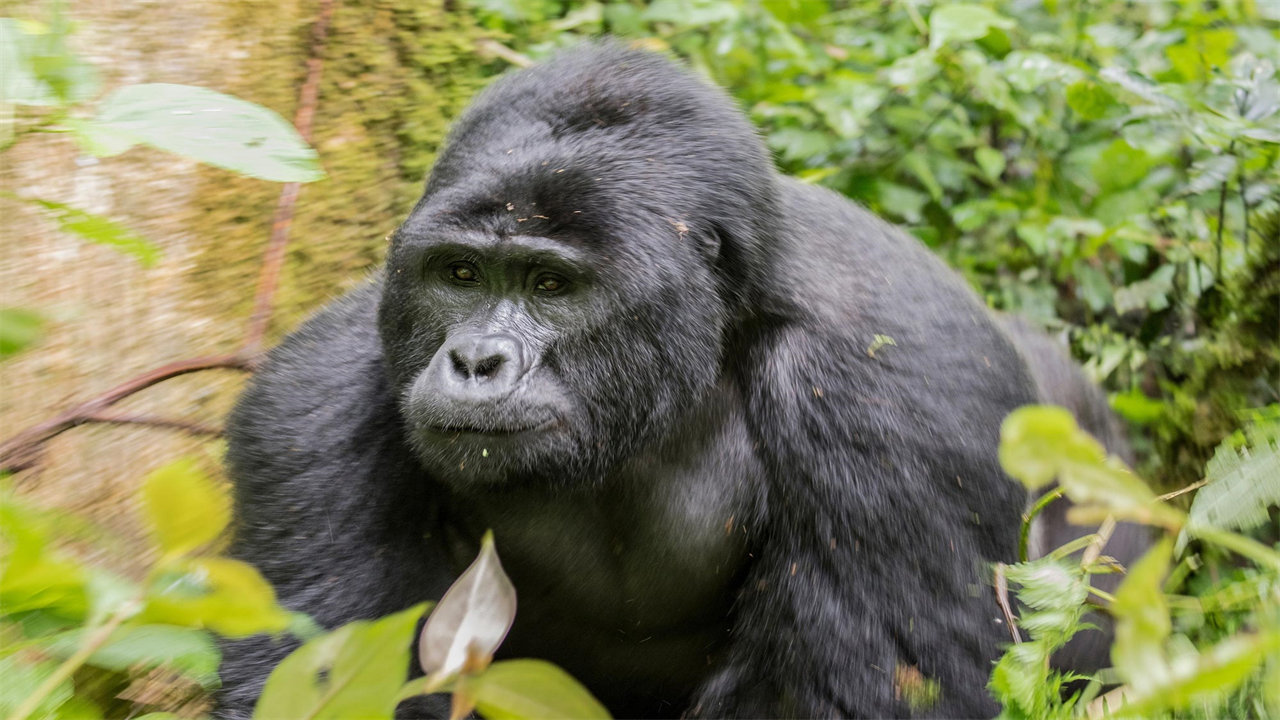COVID-19 Outbreak May Pose Threat to Wild Mountain Gorillas in Volcanoes National Park
0 View
Share this Video
- Publish Date:
- 15 November, 2021
- Category:
- Covid
- Video License
- Standard License
- Imported From:
- Youtube
Tags

An outbreak of COVID-19 among wild mountain gorillas in Volcanoes National Park, Rwanda, could lead to population collapse, according to a pilot study published in Scientific Reports.
SARS-CoV-2 infections have been previously identified in captive western lowland gorillas, but the potential risk COVID-19 poses to wild monkeys, including endangered mountain gorillas, is unclear.
Fernando Colchero and colleagues simulated the chance that an outbreak of COVID-19 in a population of mountain gorillas living in Volcanoes National Park could lead to the collapse of this population. Using data collected on 396 gorillas by the Dian Fossey Gorilla Fund between 1967-2018, the authors accounted for annual variations in the size and structure of this population. They were also responsible for epidemiological factors influencing the disease dynamics of COVID-19 in humans, including the number of individuals who contract the disease from an infected person (R0); the chance of death after infection; the likelihood of developing immunity; and duration of immunity.
The authors ran 2000 simulations in which the population size and structure in the park varied at different rates and found that, under similar epidemiological conditions to those reported in human outbreaks, 71% of these simulated populations would collapse within 50 years. However, the authors suggest that mortality in gorillas may be higher than in humans, due to the lower availability of treatments for gorillas. When this was taken into account in the model, the proportion of the 2000 simulated populations in the park that would collapse within 50 years rose to 80%. While the mean R0 of COVID-19 in humans was previously found to be about 2.5, the authors found that when the R0 among gorillas was at least 1.05, the likelihood of population collapse increased. This demonstrates the importance of limiting the transmission of SARS-CoV-2 within the population.
The authors note that the tendency of gorilla groups to naturally distance themselves socially from each other likely reduces the risk of SARS-CoV-2 transmission. However, this population has grown in recent years, leading to a higher number of inter-group encounters and possibly a greater chance of disease transmission.
The findings highlight the risk the COVID-19 pandemic currently poses to the mountain gorilla population of Volcanoes National Park. The authors suggest that measures to limit the transmission of SARS-CoV-2, such as the wearing of masks and the vaccination of park personnel and tourists, in addition to regular testing of gorillas for possible infections, will continue to be implemented within the park.
Reference: “Investigating the Potential Effect of COVID-19 on an Endangered Great Ape” by Fernando Colchero, Winnie Eckardt, and Tara Stoinski, Oct. 21, 2021, Scientific Reports.
DOI: 10.1038/s41598-021-00061-8










